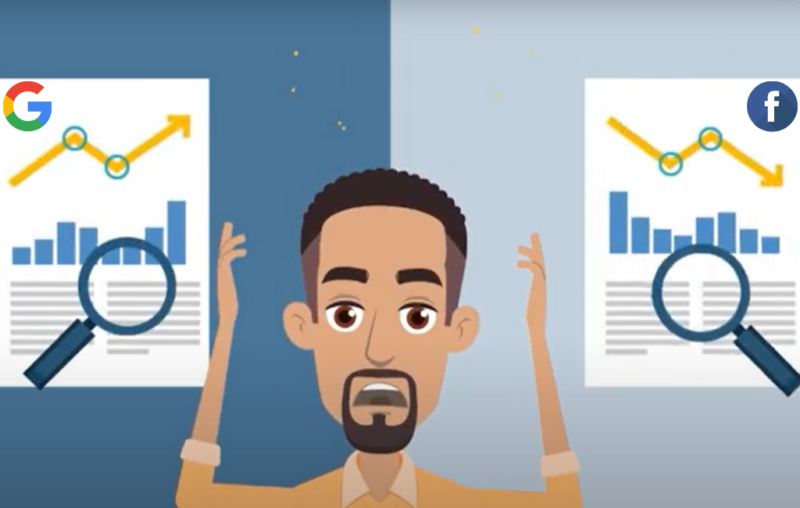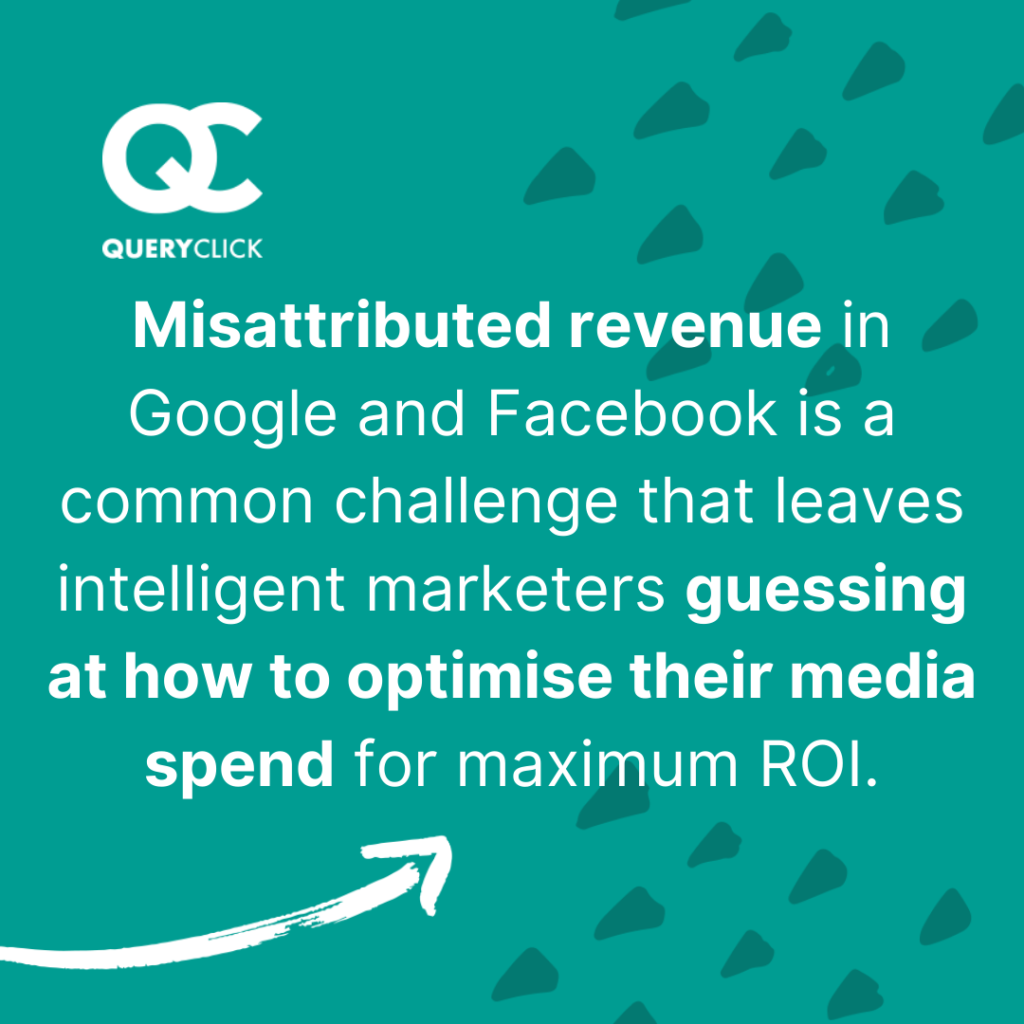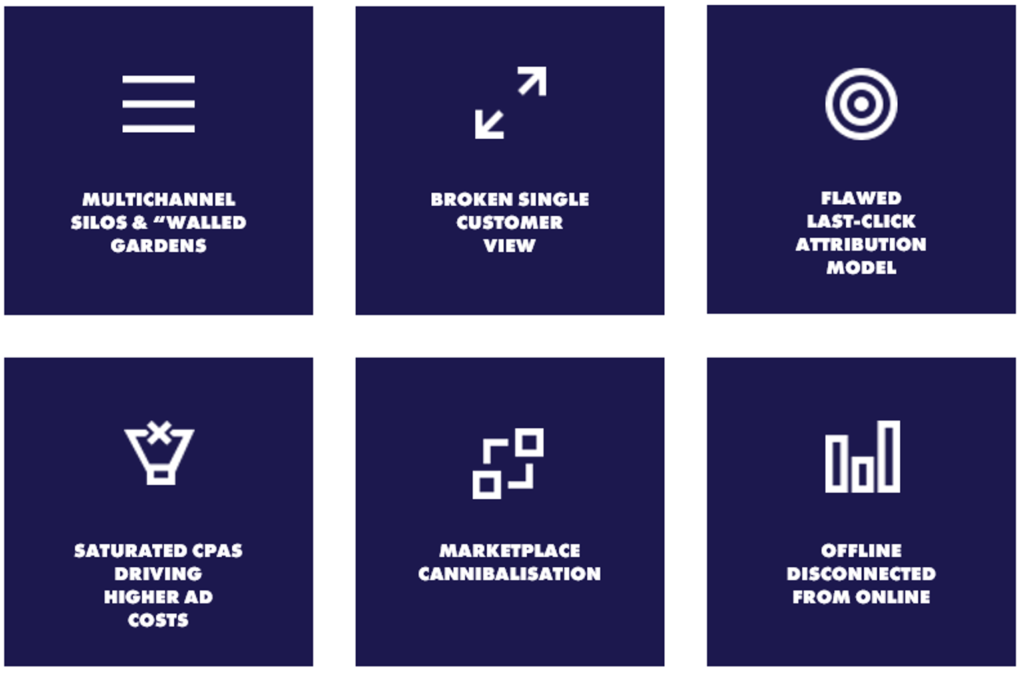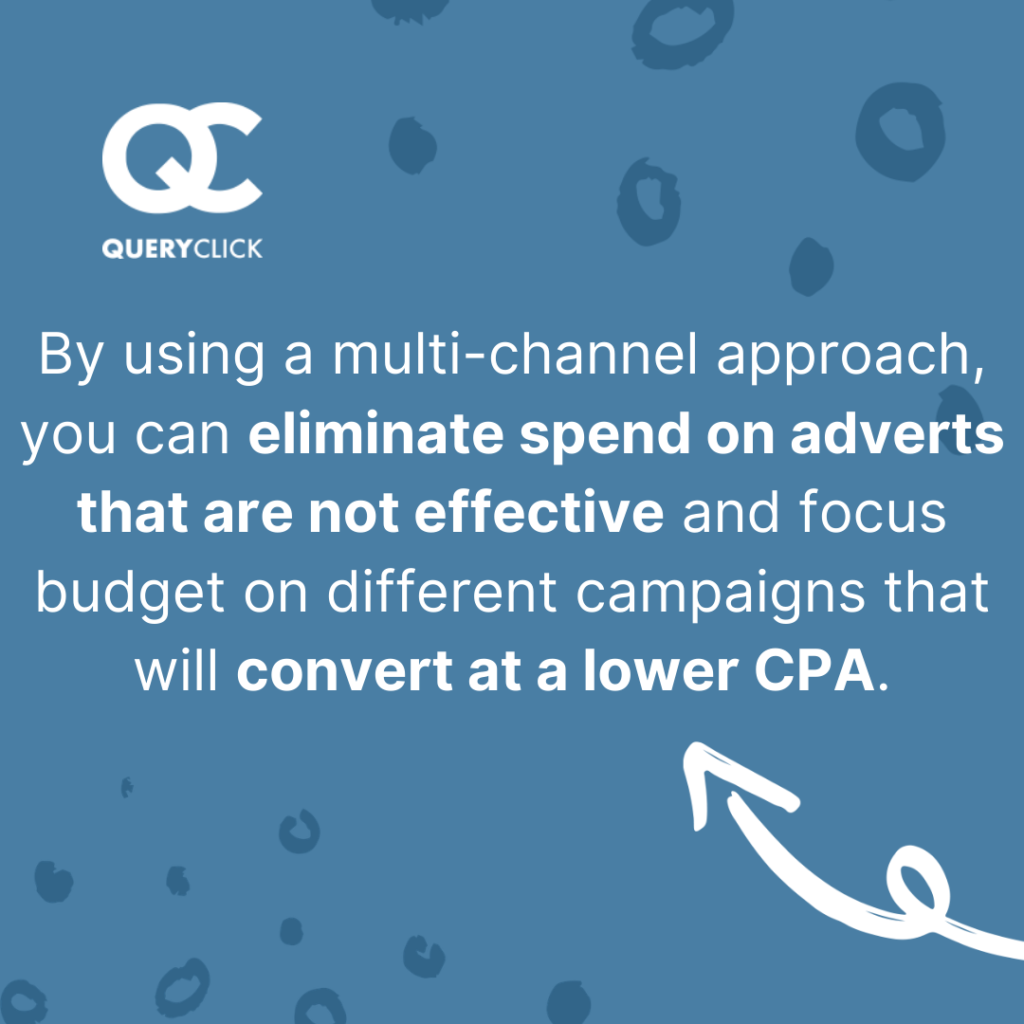Unbundling Google Ads and Facebook Data for Successful Attribution

As 93% of digital marketing media spend is through Facebook and Google Ads, it’s critical that marketers are able to generate maximum returns through these two platforms.
However, this has become increasingly challenging as homogenous strategies from brands have increased competition (causing saturation) and driven up the costs required to generate a significant ROI. On top of this inaccurate, siloed data has left decision makers effectively guessing at how to optimise budget use and performance.
Through delving into the mechanics of attribution and using case studies, Chris showed how better data can unlock the opportunities to intelligently improve ROAS.
What’s the problem with the data?
Attendees of Chris’s presentation were left in no doubt that it was not just a single problem with the data, it goes way beyond that.
Chris explained the multi-faceted challenges that decision makers encounter. These include inaccurate information from these two ad-tech platforms overstating the value they are providing.
This was illustrated with an example that showed Facebook’s one day, click one day view was attributing £450,000 to a particular campaign while Google Analytics was only attributing £20,000 revenue to it. This is a common challenge that leaves intelligent marketers guessing at how to optimise their media spend for maximum ROI.

Additionally, commonly used analytics platforms are flawed. They are full of inaccurate, unusable data. Even with effective analytics tagging and deployment, the data is not correct. Again, using a case study, Chris showed that the problem is in the raw analytics clickstream as multiple sessions are being incorrectly generated by analytics tags – and this feeds poor data into their respective platforms.
Furthermore, data is siloed by channel or platform and doesn’t account effectively enough for other touchpoints in the path to conversion. Equally, the attribution models found in analytics platforms aren’t advanced enough for today’s complex marketing and behavioural eco-systems.
Marketers face key challenges with the data ecosystem

So, can you actually generate and show real value from advertising through Facebook and Google Ads?
Yes, you can. But only if you have reliable data.
Over the last 7 years, we have developed an attribution solution (Corvidae) that resolves the data reliability and accuracy issues faced by marketers. Not only does it provide reliable accuracy, it allows wasted spend to be identified and permits real time optimisation.
To show how we are able to do this, Chris gave a potted history of the development of Corvidae, showing the underpinning attribution models, and how this has solved a range of problems for a variety of brands in different sectors.
How does that work?
Raw clickstream data is deterministic and contains flaws – taking it as gospel is disingenuous as it shows disparate interactions by individuals with a brand’s marketing and advertising activity, rather than showing a joined-up view of the journey the user goes on.
Therefore, we rebuild the data, which includes session stitching (aided by the deployment of a first-party cookie). We use Random Forrest Machine Learning, which relies on the deterministic element of the clickstreams data (i.e. precise geo-location and device information) to stitch sessions together to give a holistic view of customer journeys.
This increases the attributable data available to marketers (by up to 80%) and it helps overcome the challenge of siloed channel level data not being meaningful enough for action, especially when finite marketing budgets must be juggled across multiple channels.
Learn more about how Corvidae works
Furthermore, we’ve advanced beyond Markov and Shapley models, which support the transformation of deterministic data to probabilistic in nature. Having partnered with Edinburgh University’s School of Informatics and Data Science, we’ve used deep learnings to get a better, more granular form of attribution.
Ultimately, we’re able to give visit-level attribution based on complex customer journeys to identify the real impact each touch point is in generating a conversion.
Get our Complete Guide to Marketing Attribution
Ok, but what about the ads?
Brands using Corvidae are able to see the true value that their ad campaigns through Facebook and Google Ads are having as part of a multi-channel strategy. It removes the cannibalisation that is inherent in the reporting provided by ad-tech.
By unbundling the data provided by Google and Facebook, you can get a true picture of the ROAS that is being generated and the ROI at a much more specific level.
Effectively, the multi-channel approach allows you to eliminate spend on adverts that are not effective and not pay to be seen by users that in all likelihood would have converted anyway, based on more effective interactions with other marketing activity.

Using examples from two different clients, Chris showed revenue was being misattributed to campaigns that were not effective. This meant that precious budget was being wasted on activity that was not generating a positive ROAS.
By using Corvidae, a UK-based mattress retailer have been able to identify wasted spend. Crucially, it’s not just about identifying where it is being wasted, they were also able to see the Google Ads campaigns that were driving the most genuine value. By reallocating the 22% of budget that was going into poor performing campaigns, and putting it in to the more effective ones, they can generate an additional £1.4 million p.a. from Google Ads.
Equally, the rebuild of data for a UK fashion retailer, showed that certain Facebook advertising campaigns they have been running were generating 68% less revenue than were being reported by Facebook. This has freed up 34% of spend to be re-allocated to other campaigns through budget optimisation.
As attendees saw, it’s not just data accuracy that is key, it’s also how it is used. Real-time optimisation can be powered by the better-quality data from Corvidae – this can even feed into optimised bid automation through a restful API.
Want to find out more?
Use our ROI calculator to identify where you are wasting your marketing budget, or speak to one of our experts to find out how you can unleash your ROAS with improved attribution.
Discover how much ROI you could unlock with Corvidae
Own your marketing data & simplify your tech stack.
Have you read?
I have worked in SEO for 12+ years and I’ve seen the landscape shift a dozen times over. But the rollout of generative search engines (GSEs) feels like the biggest...
As you will have likely seen, last week Google released the March 2024 Core Algorithm Update. With it, comes a host of changes aiming to improve the quality of ranking...
After a year of seemingly constant Google core updates and the increasingly widespread usage of AI, the SEO landscape is changing more quickly than ever. With this rapid pace of...



